I’m going to kick things off by discussing why purifying water in the wilderness isn’t just about quenching thirst/ it’s a critical survival skill. You’ll find out about the invisible culprits like Giardia, E. coli, or Cryptosporidium, which are common waterborne pathogens that love to crash the party, turning a pot of seemingly pristine water into a microbial playpen.
Let’s get one thing straight: clear water isn’t necessarily clean water. Natural indicators like absence of algae, no foul odors, and clearness can be misleading. I’m here to help you sort the myths from the facts ’cause believing in them can lead to some serious gut-wrenching consequences.
Now, with a good grip on the essentials, you’re going to feel more confident as we transition into the various methods you can use to ensure that sip of wilderness water is safe. These are the skills that can come in handy when you’re out there, from boiling water to using the power of UV rays. So remember these basics, because next, we are going to delve into the specifics of each water purification method in the wilderness, and let me tell you, there’s quite the range to suit any adventurer.
Methods of Water Purification in the Wilderness
You’re probably here because you understand the significance of clean drinking water, especially when you’re miles away from the nearest tap. So let’s get to the heart of the matter: how do you purify water in the wild? I’m going to guide you through several effective methods, each with its own set of pros and cons.
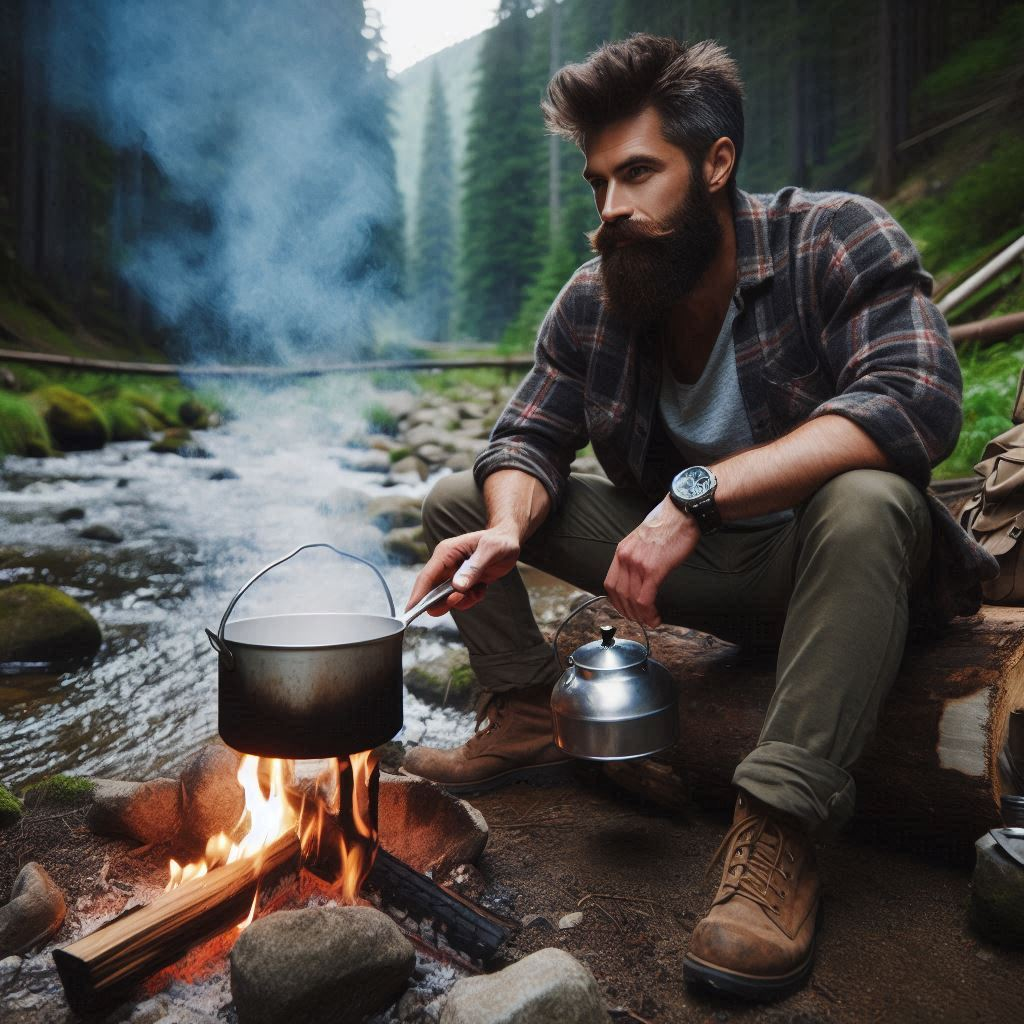
Boiling water is the go-to method for many outdoor enthusiasts. It’s straightforward – bring the water to a rolling boil for at least one minute (a few minutes more at higher altitudes), and you’re good to go. Boiling kills bacteria, viruses, and parasites, making it one of the safest options you have.
Chemical treatments, like iodine or chlorine tablets, are lightweight and convenient. You’re going to find out about the recommended doses on the packaging, and these usually take about 30 minutes to work. Just take note: some pathogens, like Cryptosporidium, are resistant, and there may be a slight taste alteration to the water.
Portable filtration systems come in various forms: straws, pump filters, and gravity filters to name a few. They boast the ability to remove particulates and microorganisms. Choose a filter with a pore size of 0.2 microns to ensure it’s effective against most contaminants. Remember, filters don’t typically handle viruses, so you might need to combine methods.
If you find yourself without a man-made filter, don’t worry too much. Nature offers a solution: you can construct a rudimentary filter using layers of sand, charcoal, grass, and rocks. While this won’t fully purify your water, it’s a good first step, especially if you plan to boil it afterward.
UV light purifiers have entered the game as a modern solution. Powered by batteries or solar energy, these devices use ultraviolet light to render harmful microorganisms inactive. They’re compact, fast, and work without altering the taste of water but require electronic equipment which might not be ideal for longer, remote trips.
Practical Tips for Staying Hydrated Safely
When you’re in the wilderness, your safety depends on access to clean water. I’m going to share some crucial tips to ensure you stay hydrated without compromising your health.
Always plan your water needs ahead of your wilderness adventure. Estimate your daily intake considering the activity level and weather conditions, and know where you can find potential water sources on your route.
I recommend putting together an emergency water purification kit. Include items such as iodine tablets, a small filtration device, and a UV purification wand. This kit can be a lifesaver when you’re out in the field.
It’s important to understand the risks of both dehydration and overhydration. Dehydration can lead to serious conditions like heatstroke and hypothermia, while overhydration can result in hyponatremia, a dangerous drop in blood sodium levels.
Lastly, while purifying water, it’s crucial to respect the environment. Use biodegradable chemicals if you opt for chemical treatments and always follow Leave No Trace principles to minimize your impact on the natural surroundings.
As an Amazon Associate I earn from qualifying purchases.
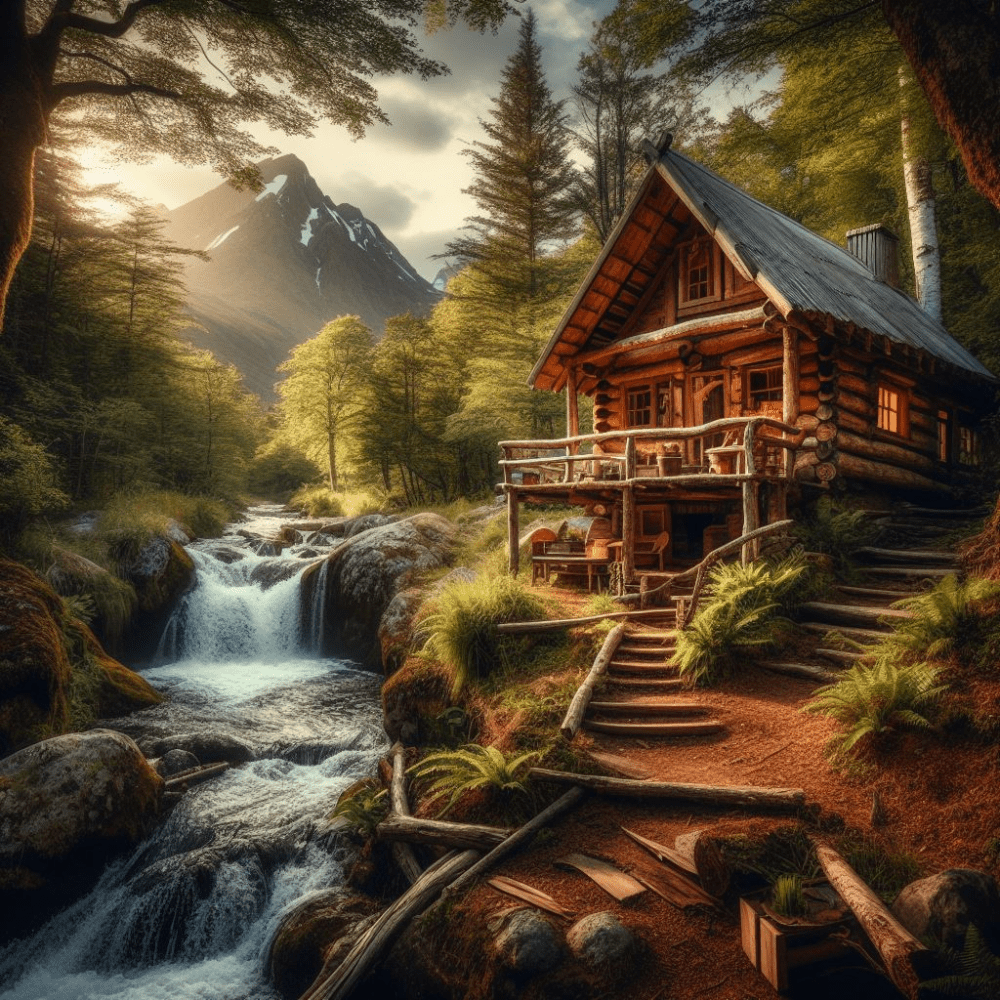
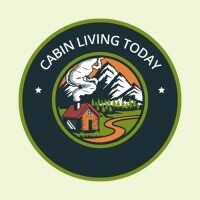
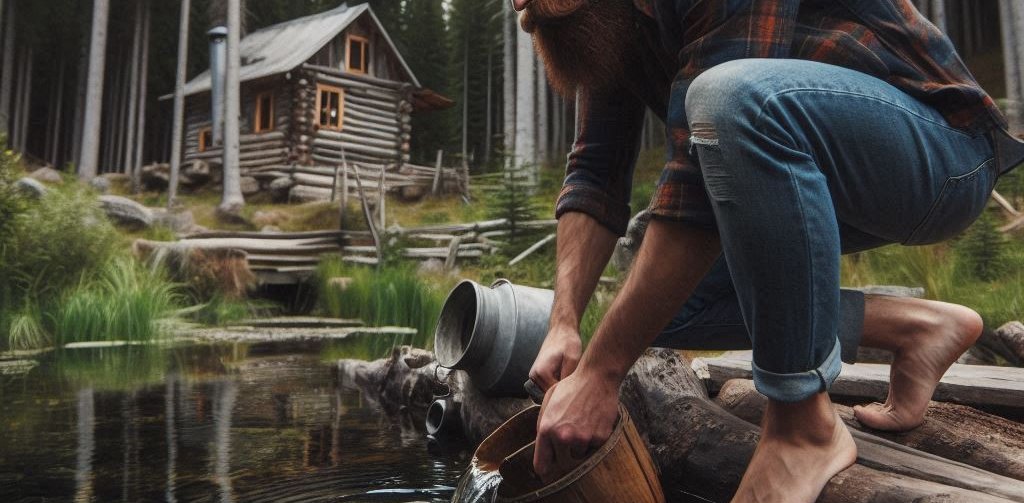
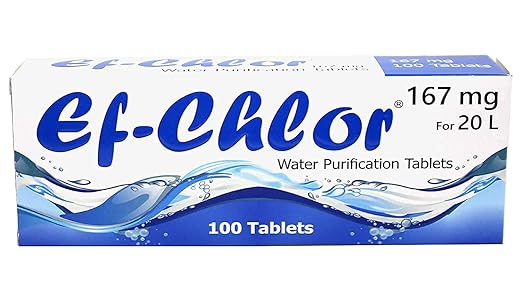



I don’t even know where to start with all of the amazing points you have stated in this article piece. In my case, I live in a very susceptible hurricane zone. We’ve had a really bad one – category #5 – and we had this problem where there was no portable and clean drinking water. I’m so glad I have this article archived on my phone right now since we’re back at hurricane season so it can be a reliable source in times of emergency. Thank you for sharing your knowledge; you’re saving lives without even realizing it!
Hello Stephanie
Wow! I am sorry you had to go through that hurricane. I am sure that is a very scary event. I know that certain parts of the World always have that ever on going problem with the possibilities of hurricanes and I am sure that can be difficult to live with.
I live in Idaho Falls, ID and all we get is some wind and of course snow.
Those tablets I listed on my site are amazing to have, especially in your case, and luckily that are not expensive.
Thank you your comments and I wish you blessings and safety in the next hurricane season.
Mike Powers
Cabin Living Today